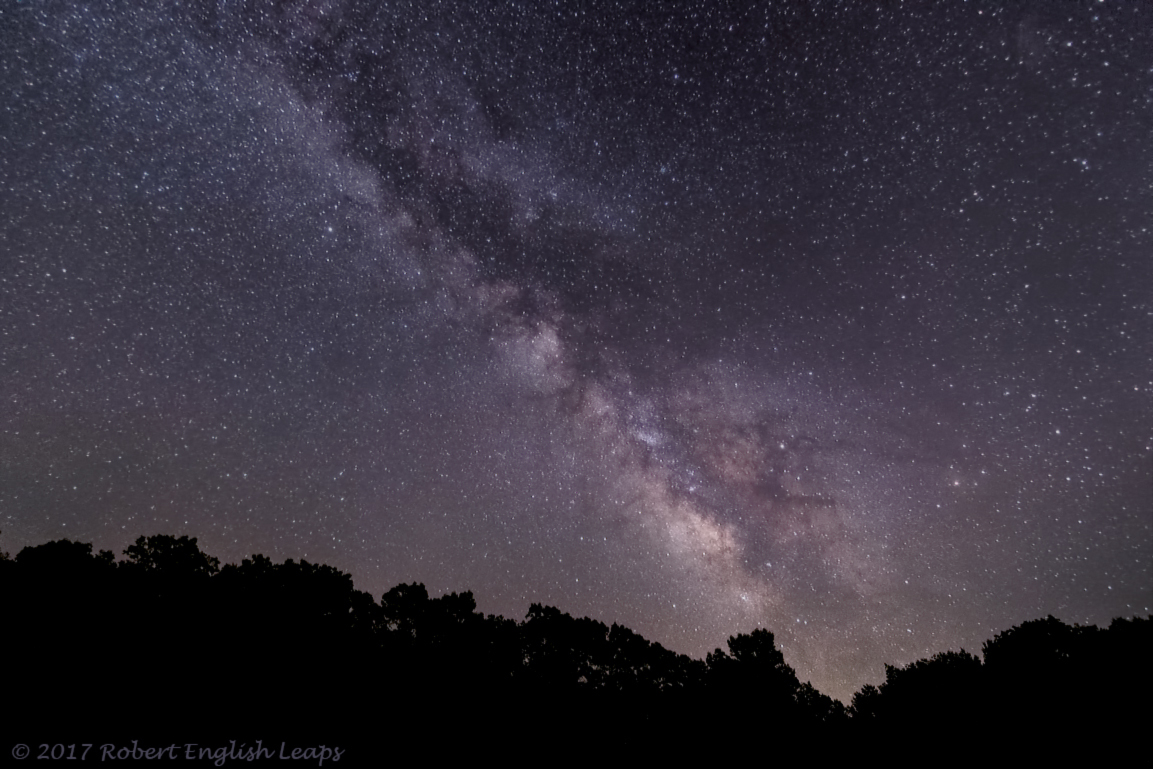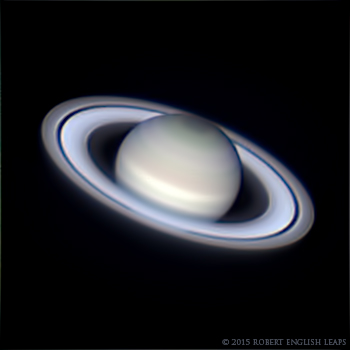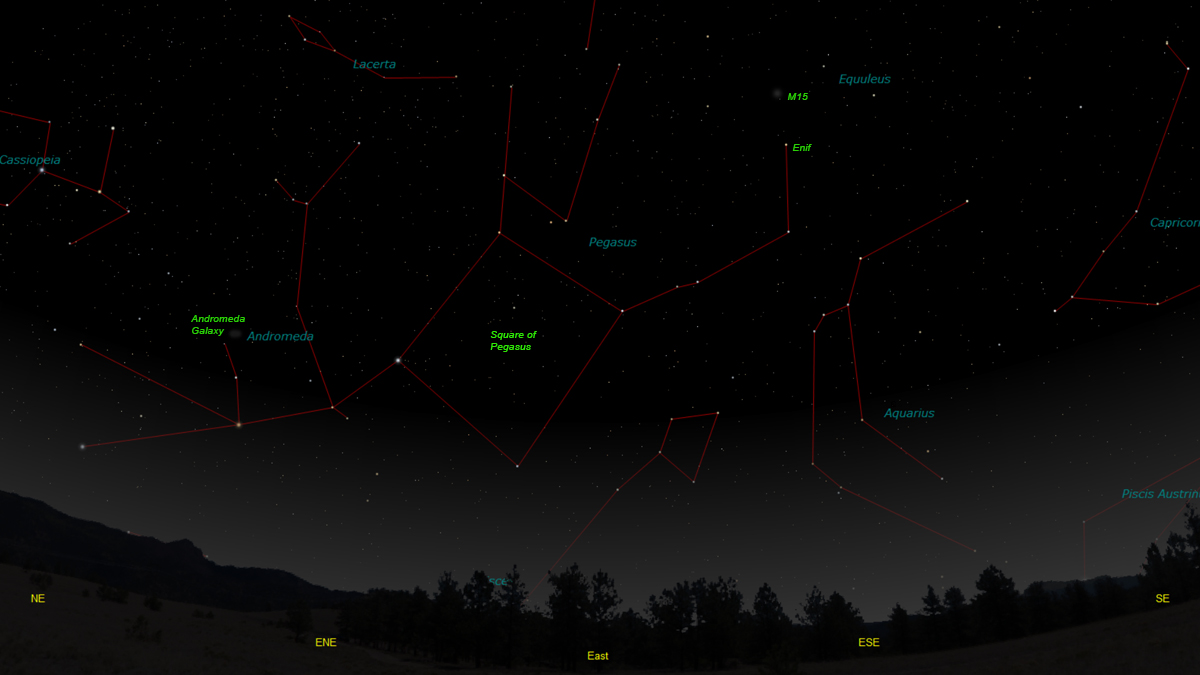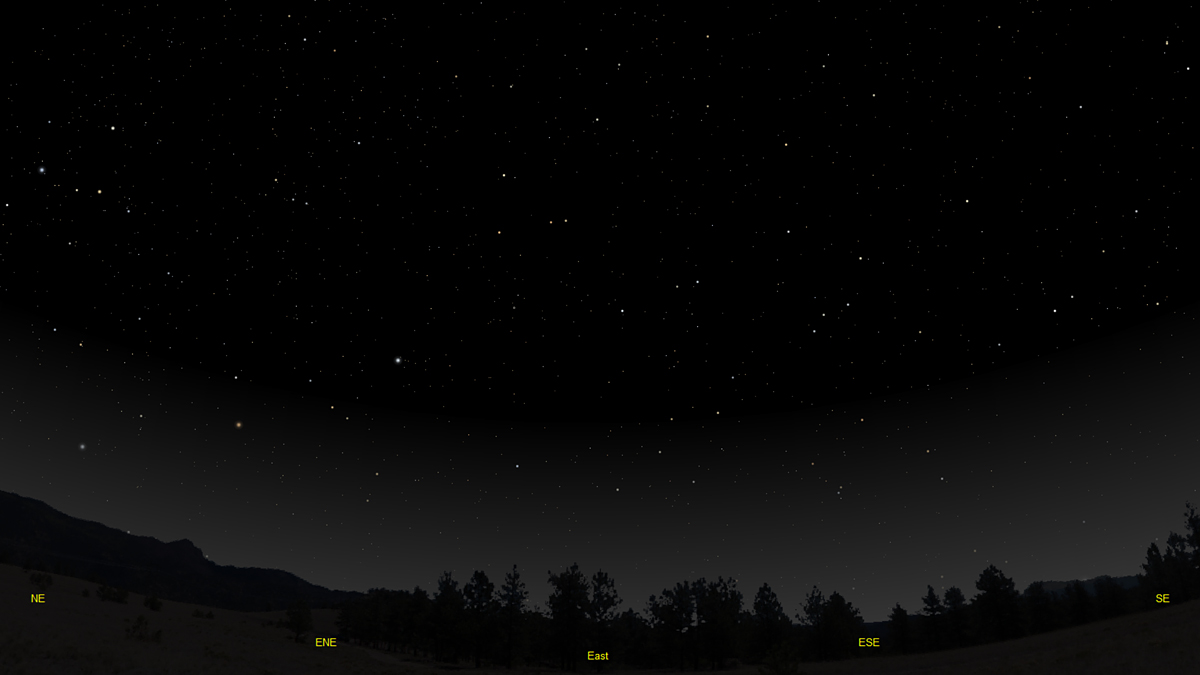The purpose of this feature is to give scout leaders, educators and naturalists an idea of some of the natural events coming up each month. We will try to cover a variety of natural events ranging from sky events to calling periods of amphibians, bird and mammal watching tips, prominent wildflowers and anything else that comes to mind. We will also note prominent constellations appearing over the eastern horizon at mid-evening each month for our area for those who would like to learn the constellations. If you have suggestions for other types of natural information you would like to see added to this calendar, let us know! Note: You can click on the hyperlinks to learn more about some of the featured items. To return to the Calendar, hit the "back" button on your browser, NOT the "back" button on the web page. All charts are available in a "printer friendly" mode, with black stars on a white background. Left clicking on each chart will take you to a printable black and white image. Please note that images on these pages are meant to be displayed at 100%. If your browser zooms into a higher magnification than that, the images may lose quality. The Mozilla Firefox browser is highly recommended. Though we link book references to nationwide sources, we encourage you to support your local book store whenever possible.
Notes and Images From July 2017 One of the great experiences of summer is the sight of the Milky Way rising from the southern horizon, the great spiral arms of our galaxy arcing overhead. But to see it well, to really see it, you need to travel far from city lights on a clear moonless evening. The first time you see the Milky Way in such a sky is as unforgettable as the first time you see the ocean.
The image above was taken on such an evening. The great dark rift that splits the Milky Way was easily visible, as were a host of star clusters. The star clouds of Sagittarius seemed to rise out of the spout of the "Teapot", the small grouping of stars just above the treeline at center in the image above. The bright star Antares, marking the heart of the scorpion, is to the right of the brightest part of the Milky Way. Saturn is now close to the heart of the dark "horse" silhouette in Ophiuchus. For a labeled chart of this area, see July's Natural Calendar. If you've ever wondered what the view would be like if you were in a spiral arm of a galaxy like NGC 891, looking inward toward the center, the Milky Way image above is very similar to what you would see. In fact, the word "galaxy" and "Milky Way" are both derived from the same Greek word, galaxias, meaning "milky". There is much lore about the Milky Way in cultures around the world. It's most often seen as a celestial path or river. The Cherokee spoke of a spirit dog that stole cornmeal from the tribe, and then scattered the cornmeal among the stars when the tribe chased it away. Other native american tribes thought of it as the path of departed souls on their way to the hereafter, each pinpoint of light the campfire of those along the way. It takes some effort to see starscapes like this. The light pollution from our cities and suburbs has spread rapidly in the last few decades. In suburbia, light pollution hides all but the brightest stars. To see the Milky Way well, you must plan a trip to darker skies. One aid in planning a summer starscape expedition is to use maps of light pollution to plan your destination. One such map, created from data gathered by the NASA VIIRS satellite, can be found here. In the map legend, select "Atlas 2015" and the "Hybrid" Bing base layer. Light pollution is displayed over a zoomable map with worst light pollution shown in white and the least-polluted skies in black. Click and drag to move around, and you can zoom in as much as you like. Areas shown in green will give you very good skies, and blue and black areas are even better. The image above was taken from an area shown in green. I find that wilderness areas can be quite good in providing spots that are accessible after dark and free of streetlights. One of the organizations that is working to promote responsible lighting practices and reduce light pollution is the International Dark Sky Association. I highly recommend a visit to their site. This organization works with communities and with national and state parks to preserve the remaining dark skies that we have. In 2015 Pickett State Park and Pogue Creek Canyon State Natural Area were designated a silver-tier international dark sky park by the International Dark Sky Association. Our dark skies are worth protecting. Henry Beston wrote in "The Outermost House;"
Sky Events for August 2017: Total Solar Eclipse! It's finally here - the great event takes place on August 21st! Some recommendations: 1. Plan ahead, and have a backup plan for weather. The best laid schemes of mice and men oft go awry, and clouds can spoil your view of the eclipse even in the prettiest location. 2. Do whatever you need to in order to get into the path of totality. It's a huge difference between partial phases and totality. Just do it. 3. Try to get close to the centerline of the path of the eclipse. Seconds matter. If you are barely inside the path of totality, you will have a very short time to experience the event. 4. Observe safely. You will need special solar glasses to observe the partial phases of the eclipse, and protective filters for your telescopes and cameras during the partial phases. 5. The excellent NASA map of the eclipse path across Tennessee, complete with eclipse timing, can be found here. A zoomable map by Tennessee State Parks is here. Want to make your own zoomable map? Download the eclipse path map file here. Then open Google Earth (download here if you don't have it), and select file/open/(navigate to where you downloaded your eclipse path file and select). 6. For photographic recommendations, I recommend picking up the August issues of both "Astromomy" and "Sky and Telescope" magazines. Both have excellent articles with a tremendous amount of information. Unless you are a solar eclipse photography expert keep your efforts simple. The two minutes or so of totality goes by very fast. Don't let technical issues take away your chance to experience the sheer wonder of the eclipse. Better to take a few quick shots on your phone during totality than to miss the spectacular visual show.
The annual Perseid Meteor Shower peaks on the mornings of August 12th & 13th. A third quarter Moon will veil the show this year.
Evening Sky:
Saturn is in Ophiuchus as the month begins, and will be highest in the sky shortly after dusk. The tilt of the rings is now 26.7 degrees, and the view is spectacular in any size telescope.
Morning Sky: Venus rises about three hours before the Sun at the beginning of the month. Be sure to look for Venus to the right of the Sun during the Total Solar Eclipse on August 21st. All times noted in the Sky Events are for Franklin, Tennessee and are in Central Daylight Time. These times should be pretty close anywhere in the mid-state area.
Constellations: The views below show the sky looking east at 10:00pm CDT on August 15th. The first view shows the sky with the constellations outlined and names depicted. Star and planet names are in green. Constellation names are in blue. The second view shows the same scene without labels. New constellations this month are Pegasus, the Flying Horse, Andromeda, Princess Andromeda, Triangulum, the Triangle, Pisces, the Fishes, and Aquarius, the Water Bearer.In Pegasus, the reddish star Enif marks the nose of the flying horse. Just above Enif is the globular cluster Messier 15, a nice ball of stars about 33,600 light-years away. The cluster was discovered by Jean Dominique Maraldi on September 7th, 1746. Maraldi was searching for De Chéseaux' Comet at the time. High overhead, in Hercules, another globular cluster is at its best this month. Messier 13 can sometimes be picked out with the naked eye on a dark moonless night. It is about 25,000 light-years distant. In a small telescope it will appear like a little cotton ball of faint light. With increasing aperture, you'll be able to spot some of the faint stars around the periphery of the cluster. Be sure to use averted vision, looking to one side of the cluster, to allow the cluster's light to fall on the light-sensitive rod cells of your eye.
On Learning the Constellations: Try to learn a few constellations each month, and then following them through the seasons. Once you associate a particular constellation coming over the eastern horizon at a certain time of year, you may start thinking about it like an old friend, looking forward to its arrival each season. The stars in the evening scene above, for instance, will always be in the same place relative to the horizon at the same time and date each August. Of course, the planets do move slowly through the constellations, but with practice you will learn to identify them from their appearance. In particular, learn the brightest stars for they will guide you to the fainter stars. Once you can locate the more prominent constellations, you can "branch out" to other constellations around them. It may take you a little while to get a sense of scale, to translate what you see on the computer screen or what you see on the page of a book to what you see in the sky. Look for patterns, like the stars that make up the "Square of Pegasus."
The earth's rotation causes the constellations to appear to
move across the sky just as the Sun and the Moon appear to do. If you go
outside earlier than the time shown on the charts, the constellations will be
lower to the eastern horizon. If you observe later, they will have climbed
higher.
As each season progresses, the earth's motion around the Sun
causes the constellations to appear a little farther towards the west each night
for any given time of night. If you want to see where the constellations
in the above figures will be on September 15th at 10:00pm CDT, you can stay up
till midnight on August 15th and get a preview. The westward
motion of the constellations is equivalent to two hours per month. Recommended: Sky & Telescope's Pocket Star Atlas is beautiful, compact star atlas. A good book to learn the constellations is Patterns in the Sky, by Hewitt-White. You may also want to check out at H. A. Rey's classic, The Stars, A New Way to See Them. For skywatching tips, an inexpensive good guide is Secrets of Stargazing, by Becky Ramotowski. A good general reference book on astronomy is the Peterson Field Guide, A Field Guide to the Stars and Planets, by Pasachoff. The book retails for around $14.00. The Virtual Moon Atlas is a terrific way to learn the surface features of the Moon. And it's free software. You can download the Virtual Moon Atlas here. Cartes du Ciel (described in the monthly notes above) is a great program for finding your way around the sky. It is also free, and can be downloaded here. Apps: We really love the Sky Safari Pro application described here. For upcoming events, the Sky Week application is quite nice. Both apps are available for both I-phone and Android operating systems. The newest version, Sky Safari 4, is available here.A nother great app is the Photographer's Ephemeris. Great for finding sunrise, moonrise, sunset and moonset times and the precise place on the horizon that the event will occur. Invaluable not only for planning photographs, but also nice to plan an outing to watch the full moon rise. Available for both androids and iOS.
Amphibians:
Archives (Remember to use the back button on your browser, NOT the back button on the web page!)
Natural Calendar February 2016 Natural Calendar December 2015 Natural Calendar November 2015 Natural Calendar November 2014 Natural Calendar September 2014 Natural Calendar February 2014 Natural Calendar December 2013 Natural Calendar September 2013 Natural Calendar December 2012 Natural Calendar November 2012 Natural Calendar September 2012 Natural Calendar February 2012 Natural Calendar December 2011 Natural Calendar November 2011 Natural Calendar September 2011 Natural Calendar December 2010 Natural Calendar November 2010 Natural Calendar September 2010 Natural Calendar February 2010 Natural Calendar December 2009 Natural Calendar November 2009 Natural Calendar September 2009 Natural Calendar February 2009 Natural Calendar December 2008 Natural Calendar November 2008 Natural Calendar September 2008 Natural Calendar February 2008 Natural Calendar December 2007 Natural Calendar November 2007 Natural Calendar September 2007 Natural Calendar February 2007 Natural Calendar December 2006 Natural Calendar November 2006 Natural Calendar September 2006 Natural Calendar February 2006 Natural Calendar February 2003 Natural Calendar December 2002 Natural Calendar November 2002 Nature Notes Archives: Nature Notes was a page we published in 2001 and 2002 containing our observations about everything from the northern lights display of November 2001 to frog and salamander egg masses. Night scenes prepared with The Sky Professional from Software Bisque All images and recordings © 2017 Leaps.
|
|





